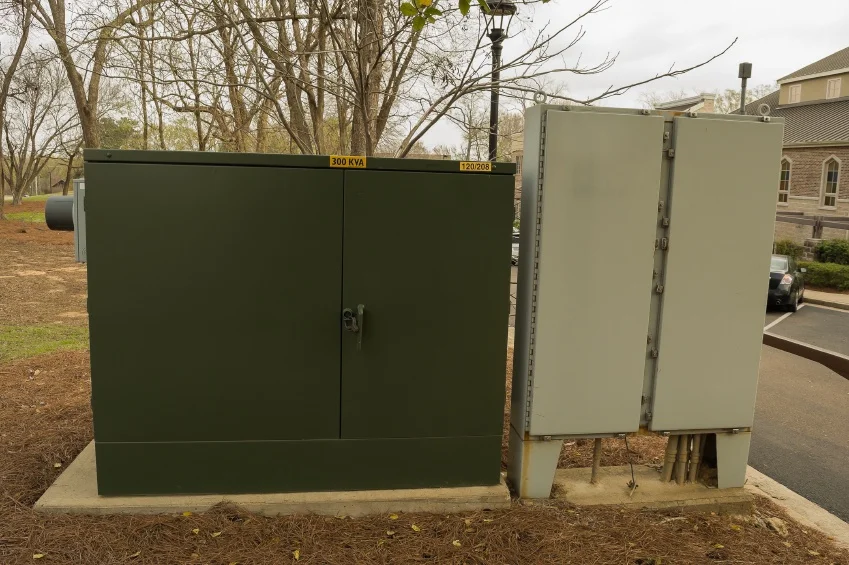5 Temperature Control Solutions for an Electrical Enclosure

Temperature control is a crucial element in the design of enclosures for electrical equipment. Since manufacturers design electrical equipment to work within a specific temperature range, the heat they dissipate during normal operation has to be removed to avoid damaging equipment. High temperature directly affects the reliability and life of electrical equipment. Manufacturers claim that a 10 °C increase of temperature above the maximum allowable temperature cuts device lifespan in half. The consequences are increased downtime, frequent maintenance cycles and a high expenditure. These are some commonly used temperature control solutions employed in the industry:
1. Passive Solutions
Passive solutions are installed during the conception and building process. They involve incorporation of solutions within the design itself. Some possible ways of doing this are:
-
Increasing the enclosure size resulting in increased air space around the equipment.
-
Relocating the equipment to a moderate ambient temperature environment for optimal thermal balance.
-
Modifying the configuration of equipment inside to improve heat dissipation and prevent the heat signature of one device from affecting another.
-
Placing the equipment indoors and providing grilles in the enclosure for natural convection.
2. Active Solutions
The thermal maps of larger equipment often indicate temperatures far too high for passive solutions to handle. Active cooling solutions are required for temperature control of these enclosures. To do this, active solutions use the technology to dissipate heat more effectively.
3. Filtered Fans
Enclosure cooling fans draw cooler air at ambient temperature into the enclosure and push heated air out through an exhaust. This continuous hot air displacement method ensures that the internal temperature of the enclosure is maintained. Usually, fans are used in moderate ambient temperature environments that do not contain particulate matter or oil in the air. Electrical equipment placed in enclosures with cooling fans has to be able to operate at temperatures slightly above the ambient temperature. Cabinet cooling fans are the most economical devices used to cool electrical equipment. They are fairly easy to clean and maintain, and can come with a variety of options and accessories to suit the application.
4. Heat Exchangers
Air to air heat exchangers are advanced energy saving alternatives to cabinet cooling fans. Heat pipe technology transfers heat inside the enclosure to the ambient air through a thermally conductive phase-changing liquid. Since an actual air transfer is eliminated between the enclosure and the environment, heat exchangers can be installed in unclean locations without the concern of electrical equipment being subjected to the potentially destructive environment. There are no filters to replace; therefore, maintenance routines have to be scheduled less frequently, thus enabling longer unhindered operation cycles.
When ambient conditions are extreme Air-to-Water Heat Exchangers provide reliable, efficient, and cost-effective solutions. Ideal for high ambient conditions and tough industrial environments, air-to-water heat exchangers provide contaminant-free cooling while minimizing energy use and maintenance cost.
5. Air Conditioners
An active closed-loop air conditioner is necessary for heat dissipation in environments where the ambient temperature is harsh with a high solar heat gain. Enclosure air conditioners are also suitable for areas with high pollution and poor ventilation. In these cases, the use of a cooling fan would not provide the desired cooling capacity. Air conditioners are capable of reducing humidity in air that could be damaging to electrical equipment and some manufacturers have advanced condensate management systems that collect the condensate and evaporate it. Although air conditioners are more expensive than passive solutions, they are more effective than cooling fans at enclosure temperature regulation.
Thermal Edge offers a wide range of temperature control solutions ranging from filtered fans to the most advanced air conditioner systems. To find out the best solution for your application, contact us today to get a free consultation.

